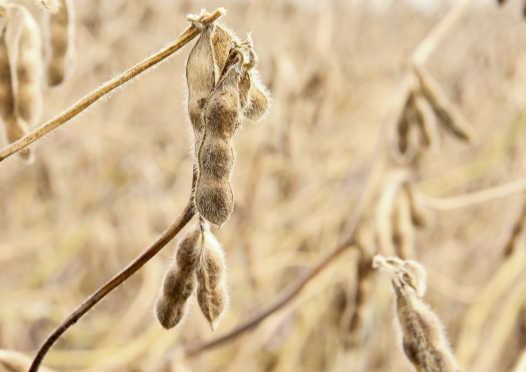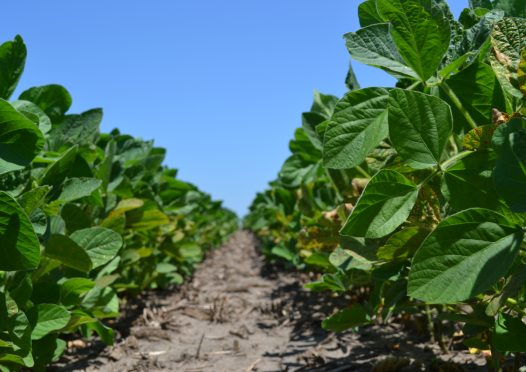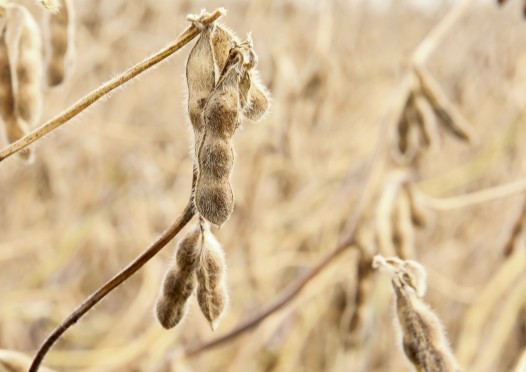ILSOYADVISOR POST
Agronomy: Sources of Soybean Yield Variability in 2015
In central Illinois soybean harvest is moving along at a rapid pace, with harvest completion estimates around 75% for soybeans. Now that fields have been harvested and yields gathered, growers have concerns with the amount of variability they observed from field to field. There have been ranges from 35 to 80+ bushel field averages from one side of a township to another. There are several agronomic factors that should be considered when evaluating yields this fall and listed below are a few of the major influencers observed so far.
Drainage – 2015 will go down as one of the wettest springs on record. With all the excess water that fell in central Illinois, poorly drained fields seem to be struggling the most with yield. Root growth and nodulation suffer when oxygen is limited. Plants built poorly formed root systems during saturated soil conditions early this past summer. Then when the weather turned hot and dry in August, those underdeveloped roots couldn’t take in enough water and nutrients during reproductive growth. Ponded areas have little to no soybean plants that survived and when 5% of a field yields nothing, it takes a lot of acres to bring the whole field average back up. Bacteria that carry out nodulation need oxygen to survive; when all of the soil pores are full of water there isn’t any room for oxygen and the bacteria die off. It can take several months to a year before populations return.
Variety – Emergence, disease tolerance, nematode resistance, and environment adaptability are all attributes to consider when evaluating varietal performance. Growers in central Illinois had their fair share of the aforementioned factors and large swings in yields have been observed between varieties. Placing a variety by farm and field is one of the best ways to ensure success. Improper variety placement is very impactful on overall yields.
Planting Dates – A large majority of the soybeans in central Illinois were planted from April 25th to May 15th. Due to dryer soils during this time, this planting window allowed plants to emerge well, develop adequate early roots, and start nodulation early. As planting dates got later into late May and early June, soil moisture became excessive. These late planted soybeans never had a chance to experience dryer soils early in their life cycles and suffered because of it.
In general, central Illinois farmers are experiencing an average to above average soybean crop, especially given the weather conditions that occurred. Harvest will continue to push hard and by October 15 there will be very few soybean fields still standing in the area.




Comments
Add new comment